Injury Prevention Tips
Injuries are a nuisance to anyone that loves exercising or sports, they can be season-ending for some athletes and often result in a huge setback for progress which is lost during rest and recovery.
Unfortunately, some acute injuries are almost impossible to avoid, especially if they are caused by injury incidents resulting from an unavoidable part of the sport.
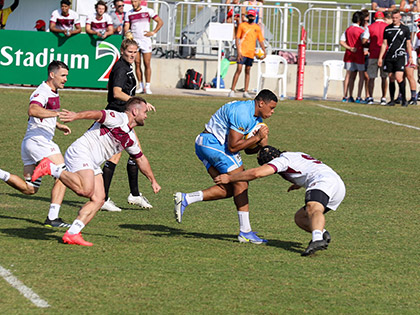
For example, you can plan to avoid overuse injuries, be more mindful of your body and wear the right protective as well as supportive aids but if you are a Rugby player then there's not much you can do when you're on the receiving end of a big tackle.
1. Stretching and warm-up
Stretching, activating your muscles and warming up have always been important for any type of physical activity but they are becoming a more crucial part of training, working out and exercising.
The most important thing for injury prevention is warming up your muscles, this helps your muscles by increasing your heart rate which increases your blood flow and in turn increases more oxygen to your muscles.
Warming up also activates communication between nerves and muscles which makes your body movements more efficient, it also helps prepare your body for physical activity.
In a study of the impact of warm-up on muscle activation, it was found that warming-up increased the 'length to failure' and elasticity of the muscles and tendons. [1]
Similarly, muscle activation and stretching can also help you to make your body better prepared for preventing injuries by making your body and movements more fluid.
Stretching not only helps to prevent injuries, but it also helps you to perform better, improve your range of motion and increase muscle efficiency. It's important to remember to stretch properly both before and after exercising or working out.
In an article about stretching for sports, it was concluded that stretching helps in any sport that's not low-impact or an SSC sport (swimming, jogging, cycling, etc.) [2] so it benefits most athletes and sports enthusiasts.
A tool that can help you stretch better is a foam roller, it is used by athletes and sports enthusiasts to stretch and increase range of motion.
For more information on Foam rollers please read our guides on Foam roller exercises and Foam roller fundamentals.
Soft Tissue Release with a Foam Roller
These exercises are great for runners because they cover the thigh, calf, quadriceps and lateral quad muscles.
Foam Rollers are used as part of a recovery strategy by England and GB Hockey
Glute Activation with Resistance Bands
This is an example of how to use mini resistance bands for glute activation, as mentioned earlier muscle activation is important for injury prevention
2. Set your limits
Knowing your limits and making sure you stick to them until you make more progress is another extremely important tip.
Pushing your limits each time you exercise, train or workout can be tempting because it can have a lot of benefits for improving your performance.
The real gains are however made from consistency, moderation and patience. You should never train too much, too hard or too quickly because as mentioned earlier, this will only lead to injuries and have the opposite effect of what you expected.
Sticking to your limits can therefore help you to avoid picking up any unnecessary injuries but it can also help you to steadily improve at a rate that is good for your overall performance.
3. Listen to your body
This should be a golden rule for anything to do with your health, your body is good at telling you what's wrong and when you're overdoing it.
Listening to your body doesn't mean waiting for extremely strong signals from your body such as severe pain; overuse injuries develop over time so will notice when your muscles, ligaments or tendons are starting to feel the strain.
Slight pain and aches only get worse so it's always in your best interests to address these signals from your body as soon as possible anyway .
One of the best ways to deal with these problems when they arise is to consult someone with medical experience, this could be your physiotherapist, sports therapist or even your GP.
Not only will they be able to help you by advising you, they often provide treatments that can help to alleviate pain and prevent further injury. One of these treatments is sports massage which is used primarily for soft-tissue massage treatments that target your muscles, tendons and ligaments.
Foam rollers such as massage rollers and massage balls are good tools that you can use for self-massage. A massager, such as Thumper massagers can also be quite useful, especially if you do a lot of exercise.
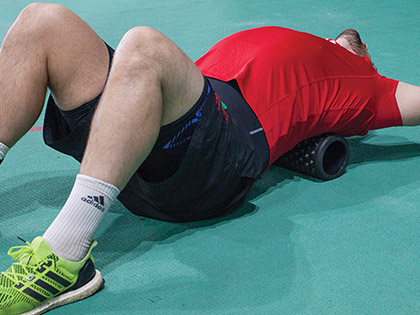
4. Recovery is Key
Although you might want to push yourself harder or think that working through the pain is better, Recovery is always very important.
This is because recovery helps your muscles and joints to get stronger and used to the amount of exercise you are doing. So, in order to demand more from your body - you have to allow your body to rest and heal first
Overtraining can actually have a huge negative impact on your progress because you're only going to pick up more injuries which will have a much longer recovery time than if you paced yourself and recovered better in between sessions.
The best way to recover better is just taking a rest day when you can, this doesn't mean you have to just spend the whole day being idle though.
If you're a runner then you can just rest your legs and do some upper body strength training and if you prefer going to the gym then you can focus on muscle groups that you don't usually focus on or do something different like Pilates.
You can also do proprioception exercises which are a great way to fine-tune your body without doing anything too demanding or potentially damaging.
Please take a look at our top 10 recovery products for a guideline on some tools that may help to aid your recovery.
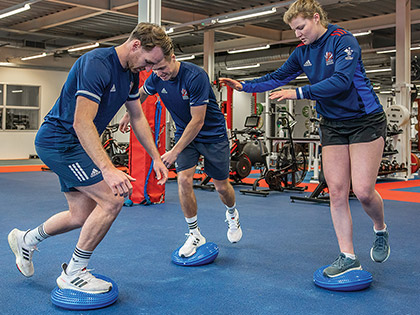
5. Strength training and conditioning
The tips we've covered so far will help you to be better prepared for injury prevention but in order to make sure that you can avoid as many injuries as possible, you have to fine-tune your body to meet the demands that you expect.
This is done through strengthening and conditioning so it involves various different approaches to making your body more optimised and more capable of handling movement during sports and activities.
Strength training is a term used to describe strengthening and as you can imagine, it aims to make your muscles, ligaments and tendons stronger so you can aim to perform at a higher level.
The main way this is done is through using products like resistance bands, ankle weights, etc. and typically an S&C coach will give you a programme of exercises and workouts with these products.
Conditioning can refer to a range of things but usually includes things like proprioception, agility, balance, speed and reaction time.
You can improve your proprioception with proprioception exercises which make use of quite a few balance and stability products.
It's a good idea to focus on strengthening and conditioning the muscles and joints you use the most, for example, if you're a runner then you might want to concentrate on your knees, thighs, calves and feet.
Proprioception Exercises
This is a simple proprioception exercise that you can do with a gym ball
6. Support your body
Last, but certainly, not least is supporting your body. This can mean a few things; you can use supports and braces to help give you a bit more support during training or if your muscles are feeling a bit weak.
It's important to note that although supports and braces may help you to avoid injuries, they are designed to help manage injuries and resting the injured body part.
So it may be beneficial to not wear a support too often, unless you think it will help to aid your training or workout or you have a previous injury that you'd like to help prevent happening again.
On the other hand, wearing the right orthotics and insoles recommended by your healthcare professional may be suitable for you because they are designed to help support your feet for high-impact activities. They may also provide biomechanical control and support to assist in improving overall posture and reducing stress on lower back muscles.
There are other ways of supporting your joints, EAB strapping is used very widely in sports with the objective to help secure joints and restrict their range of motion; which may help to prevent unwanted injuries.
Strapping technique for Knee support
This is an example of a knee medial joint support taping technique.Conclusion
To help prevent injuries it is recommended to prepare your body before you partake in physical activities. Stretching, activation exercises and warming up muscles are aimed to help you to prepare.
You should then try to avoid injury incidents by being careful, mindful and not overextending yourself. Remember to listen to your body in the process and see how you're feeling after each activity.
Finally, remember to recover well which also involves resting enough and then focus on strengthening and conditioning to help you be ready for your next event or training session.
Sources and References
Finch, C. (2006). A new framework for research leading to sports injury prevention. Journal of science and medicine in sport, 9(1-2), pp.3-9.
Witvrouw, E., Mahieu, N., Danneels, L. and McNair, P. (2004). Stretching and injury prevention. Sports medicine, 34(7), pp.443-449.
Safran, M.R., Garrett JR, W.E., Seaber, A.V., Glisson, R.R. and Ribbeck, B.M. (1988). The role of warmup in muscular injury prevention. The American journal of sports medicine, 16(2), pp.123-129.
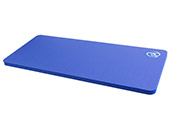

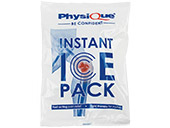

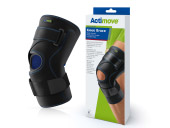
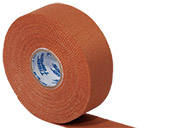
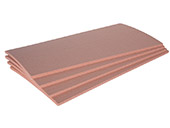
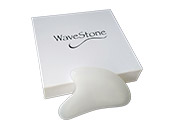
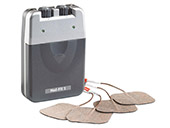

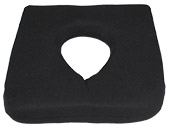
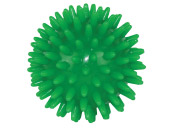
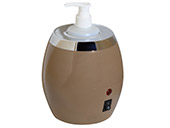
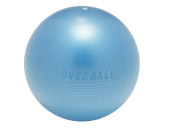

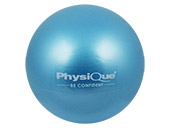
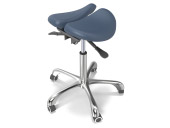
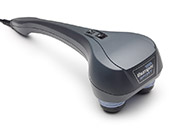
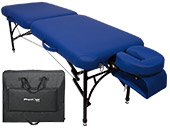
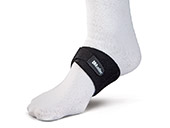

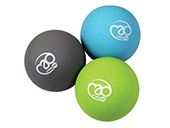
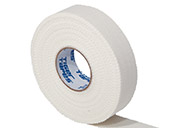
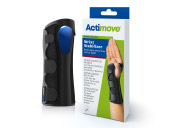

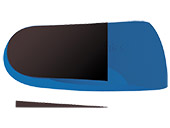
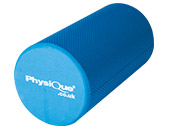
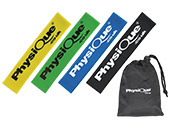
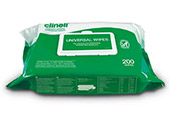
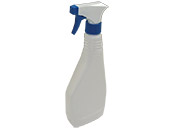
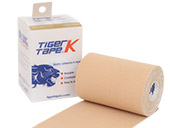
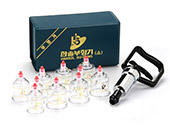
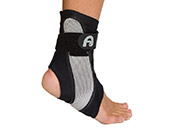
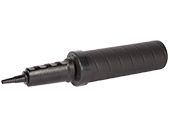


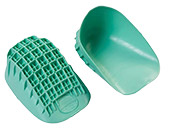

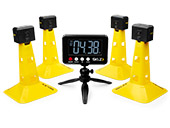
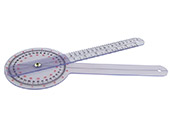
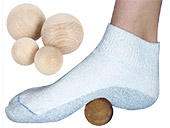
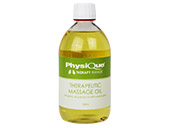
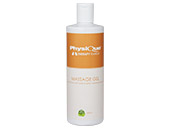

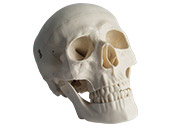

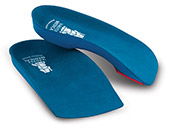
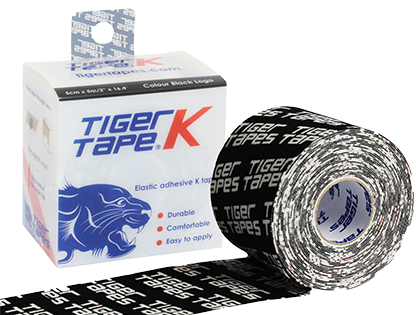
Did you find this article useful?
Why not share this with a colleague, patient or friend?